A “beautiful woman” in Berlin causes a stir
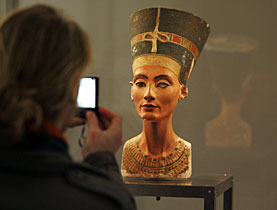
The bust of Queen Nefertiti of Egypt - one of the treasures of Berlin - is a fake, according to a Swiss art historian who has studied it for nearly 25 years.
Henri Stierlin of Geneva says that the bust is not 3,400 years old, as had been thought up to now, but is less than 100 years old.
Berlin’s Egyptian Museum has firmly rejected Stierlin’s findings, arguing that recent radiological tests prove it is more than 3,000 years old.
In his book Le Buste de Nefertiti – une Imposture de l’Egyptologie? (The Bust of Nefertiti – an Egyptology Fraud?), Stierlin claims the bust was made to test ancient pigments.
But after a Prussian prince admired it, the finder didn’t have the heart to make his royal guest look foolish and pretended it was genuine.
Stierlin believes the bust was made by a sculptor named Gerhard Marks on the orders of German archaeologist Ludwig Borchardt, who is credited with excavating it from the settlement of Amarna, south of Cairo, in 1912.
“What attracted me to this bust nearly 25 years ago was, for example, that the shoulders are cut vertically; that’s a technique that only appeared in Europe in the 19th century and was never practised by the ancient Egyptians,” Stierlin told swissinfo.
“When the ancient Egyptians made a bust, they cut horizontally.”
Missing left eye
He was also struck by the absence of the left eye. “It is not that it has been lost. It never existed, so the sculptor never wanted to do it.”
Stielin argues that making a statue in ancient Egypt without an eye would have been tantamount to committing treason against the queen.
What appears strange to Stierlin is that such a major find, if genuine, was kept away from the public gaze for 11 years before Borchardt handed it over.
The director of the Egyptian Museum, Dieter Wildung, told swissinfo that any doubts about the authenticity of this work of art were unfounded.
“I am mainly surprised that Mr Stierlin, with whom I worked closely on a book about 15 years ago on Egyptian architecture, had no contact with me or our museum in the preparation of his publication.”
Detailed history
Wildung said that there is a detailed history of the finds of the excavation. “All this is documented step by step without any blanks.”
“Over the last 27 years we have done scanner tomography which gives us a very detailed insight in the structure of the bust consisting of a limestone core and different succeeding layers of mixtures of plaster.”
Wildung also said that there was a very similar piece from Amarna, which shows the same features – a horizontal base and vertical cuts at the shoulders.
“We have even tests of beeswax for the filling of the right eye,” he said.
The museum director described Stierlin’s book as “a very nice science fiction romance story”.
“This is a novel… it has nothing to do with serious archaeology, with serious historical science.”
Publicity
Whatever the outcome of the dispute about Queen Nefertiti’s authenticity, the recent publicity surrounding her will only add to the attraction she has had for millions over the years.
Wildung estimates that between 600,000 and 700,000 people visit her every year and that may well increase soon.
The bust is to be moved in October to a prominent place inside the restored Neues Museum (New Museum) in the German capital.
“She is good business for us,” he said. “This is really global civilisation, global culture, global art.”
Robert Brookes, swissinfo.ch
The bust of Nefertiti, considered by some to be the Mona Lisa of the ancient world, is a major tourist attraction in Berlin.
Later this year it is due to be given a prominent place inside the restored Neues Museum (New Museum).
This was established as the second museum on Museum Island in Berlin and first opened to the public in 1855.
It was severely damaged by bombing in 1943 and 1945, and important parts of its interior decoration were destroyed.
However, the bust of Nefertiti had been removed from display in 1939, and escaped damage.
When Berlin was divided during the Cold War it was exhibited in a museum in the western part of the city.
She is said to have co-ruled Egypt between 1379 and 1358 BC. Nefertiti and her husband Pharaoh Akhenaten, had six daughters but no sons.
Her name means literally “a beautiful woman has arrived”.
She supported Akhenaten in his religious mission of promoting the worship of one god above all others – the sun god Ra.
By the 14th year of Akhenaten’s reign, Nefertiti had disappeared from view. There is no record of her death nor has her mummy or place of burial been found.
(details from Egypt State Information Service)

In compliance with the JTI standards
More: SWI swissinfo.ch certified by the Journalism Trust Initiative
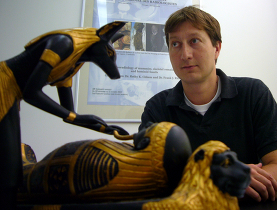
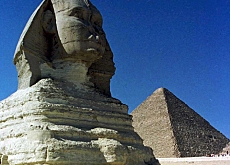
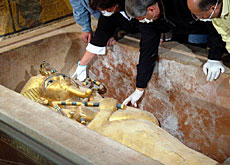
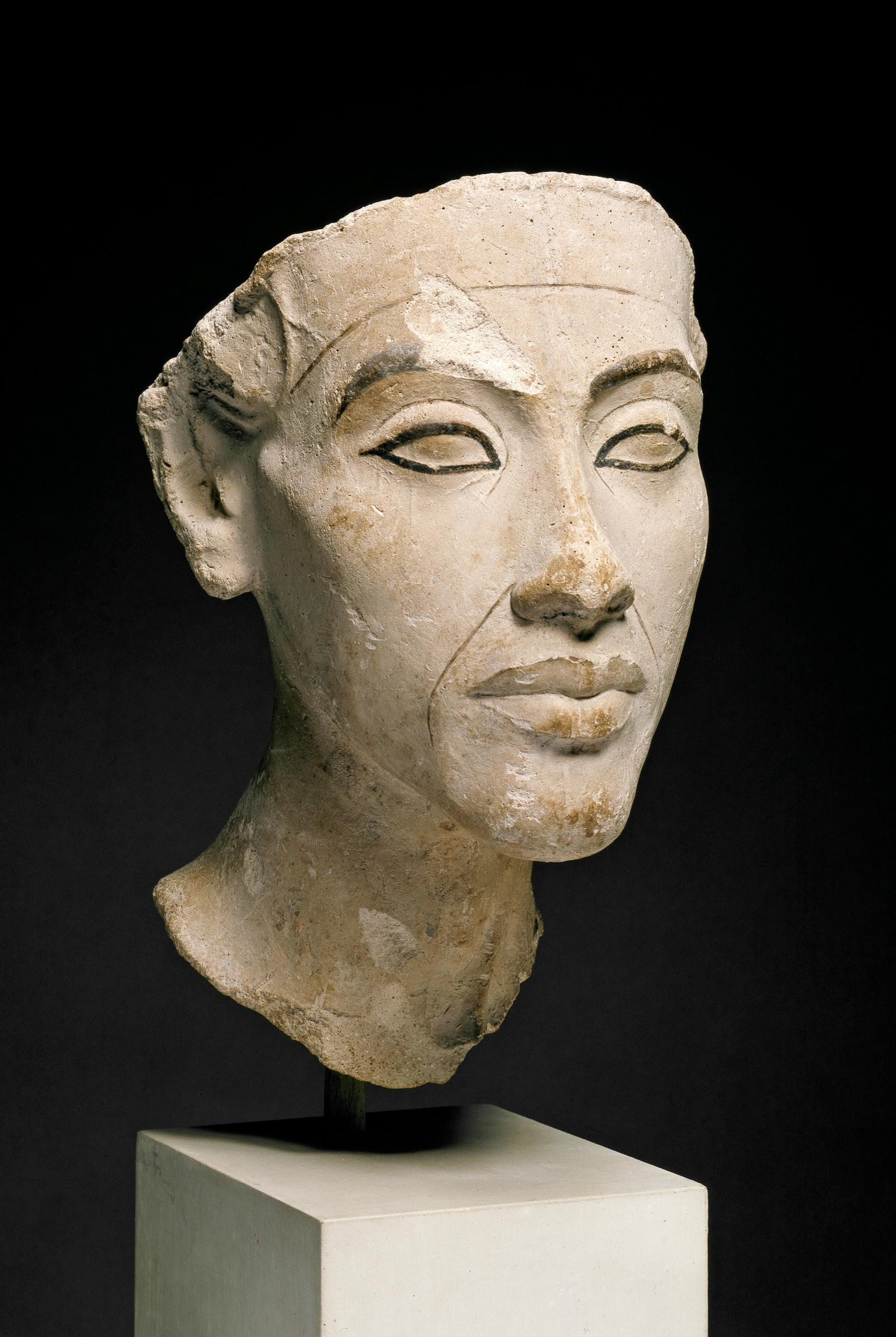
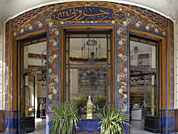
You can find an overview of ongoing debates with our journalists here. Please join us!
If you want to start a conversation about a topic raised in this article or want to report factual errors, email us at english@swissinfo.ch.